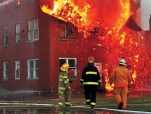
Simplifications of Differential Equations
The continuation
For the beginning see № 2/12 , № 3/12 , № 4/12

The continuation
For the beginning see № 2/12 , № 3/12 , № 4/12

The continuation
For the beginning see № 1/12 , № 2/12 , № 3/12 , № 4/12

Moscow actively builds high-rise buildings which, undoubtedly, will enrich a silhouette of the capital. Their clusters, which are easy seen from large highways will create reference points of the city.
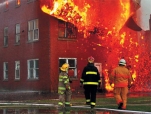
The continuation
For the beginning see № 2/12 , № 3/12
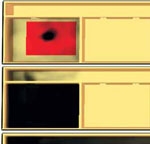
The continuation
For the beginning see № 1/12 , № 2/12 , № 3/12

To organize the elevators and people flows and make the transfer of passengers comfortable, pleasant and safe is not a simple task even in lowrise building. Let alone of skyscrapers, for which the lifting operations problem is many times more complicated. It is not surprising that there are very few companies in the world which can offer effective solutions of passenger transportation in high-rise buildings.
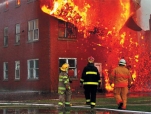
The continuation
For the beginning see № 2/12

The continuation
For the beginning see № 1/12 , № 2/12
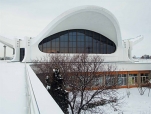
On the safety of people coming to the theater, sports arena or in any other dwelling or public institution, must take care specialists. In case of emergency situation to help a person comes to the specialized equipment, which will show the way for safe evacuation. On the emergency lighting equipment facilities says Vyacheslav Eliseev, technical director of the “Bely Svet 2000”, occupying more than 10 years a leading position amongst the major domestic manufacturers of lighting equipment.

The aim of structural fire engineering design is to ensure that structures do not collapse when subjected to high temperatures in fire. Design of structures for fire still relies on single element behavior in the fire resistance test. The future of structural fire engineering design has to be evaluated in terms of the whole performance based design of structures for fire. This should include natural fire exposures, heat transfer calculations, and whole structural system behavior, recognizing the interaction of all elements of the structure in the region of the fire and any cooler elements outside the boundary of the compartment.